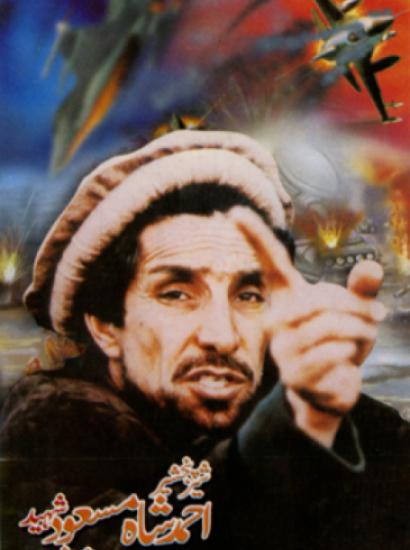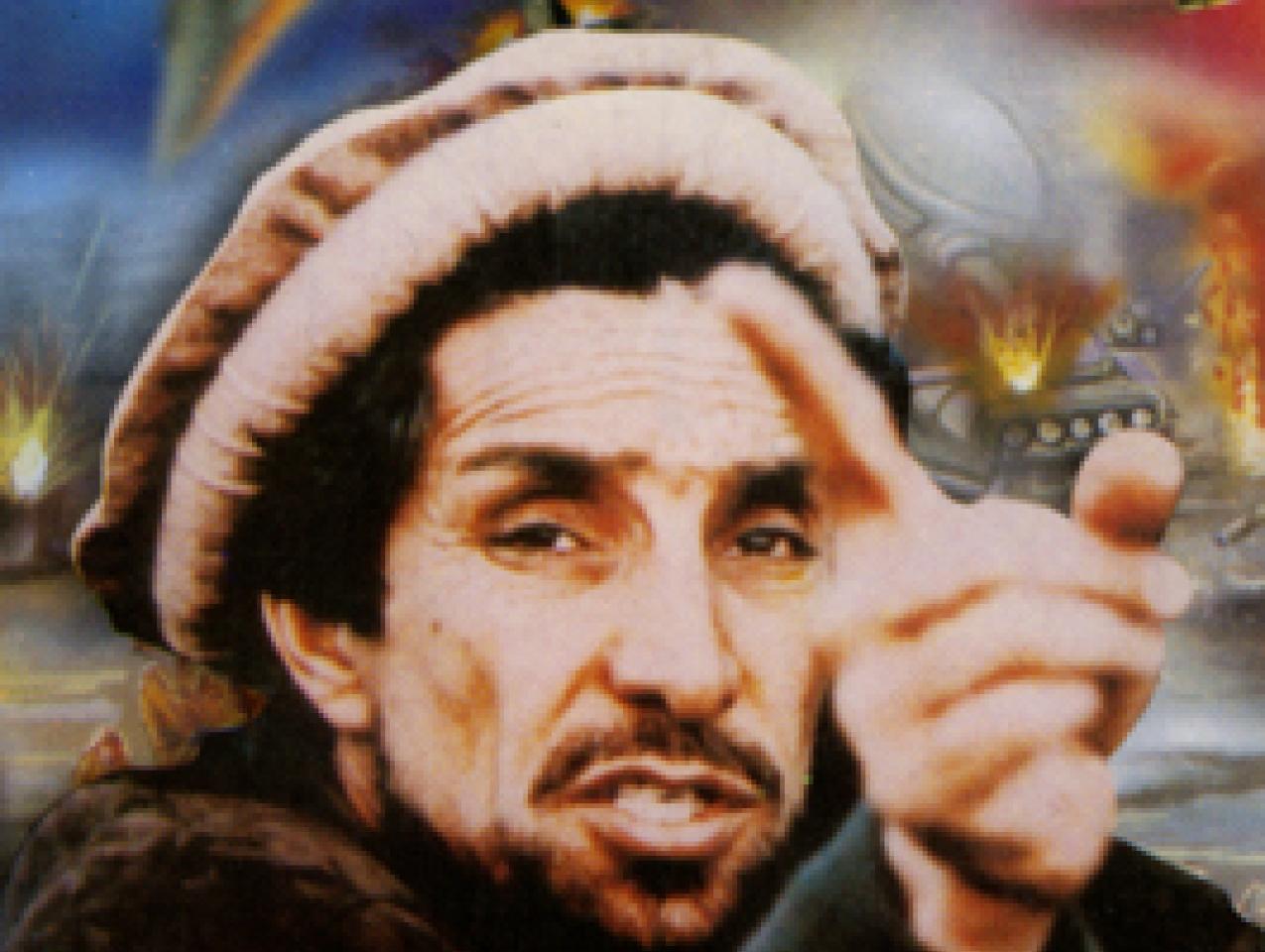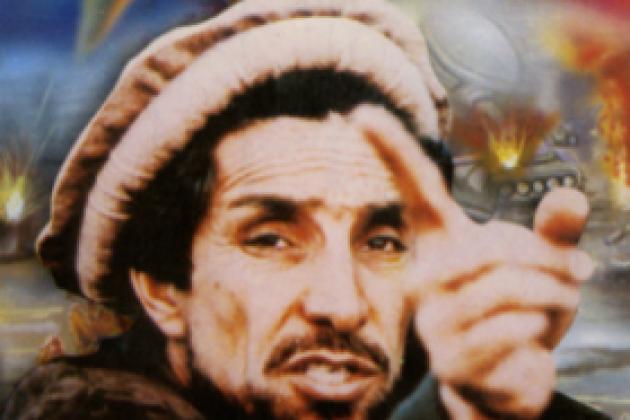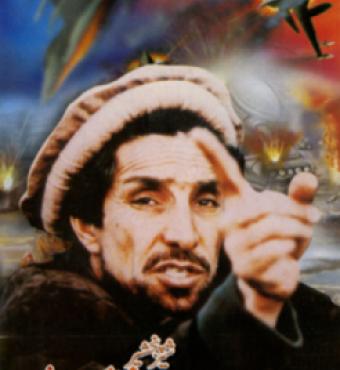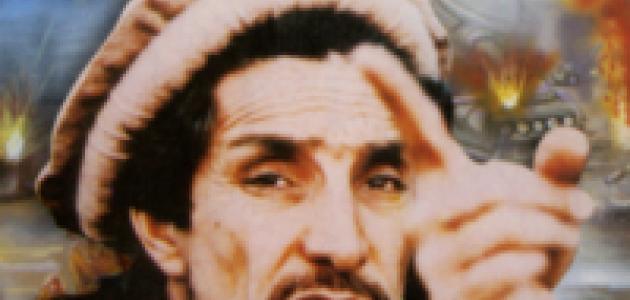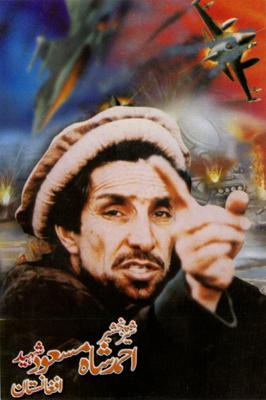- Security & Defense
- Terrorism
- History

The term “terrorism” is commonly understood as political violence outside the norms of conflicts between states. Terrorism’s victims can be innocent civilians, or they can be political officials or even soldiers. More controversial is the term “terrorist.” Individuals who commit acts of terrorism are often said to be “terrorists,” but that definition can be disputed on the grounds that terrorism is usually a tactic rather than a defining feature of an organization, and hence it makes no more sense to refer to a political movement that employs terrorism as “terrorists” than it does to refer to a country that employs conventional warfare as a “conventional war state.”
The term “terrorist” best fits organizations for which terrorism is the principal or sole activity. Examples would include the Bader-Meinhof Brigade and the Weather Underground. Such organizations usually have political motives, but their exclusive reliance on terrorism is usually too limited in its impact to cause serious harm to their enemies or to attract large numbers of supporters.
Non-state organizations that use terrorism as one of several military and political instruments are most often termed “insurgents.” The most famous exposition of the broad spectrum of violence employed by insurgents came from Mao Zedong, based upon his own experiences in waging insurgency in China. Mao delineated three categories of insurgent violence: terrorism, guerrilla warfare, and conventional warfare. Terrorism typically targets a smaller number of victims than guerrilla warfare, and is more likely to target civilians. The line between the two is sometimes blurred; the bombing of a police station by a paramilitary group might be said to be terrorism or guerrilla warfare or a combination thereof.
According to Mao’s theory, insurgents rely heavily on terrorism when they are at their weakest. Because terrorist strikes are small and covert, they do not expose the insurgents to large-scale retaliation. When the insurgents become stronger, they can turn to guerrilla warfare, which can inflict more damage, while its concentration of lightly armed fighters increases their exposure to governmental countermeasures. Guerrilla warfare on its own rarely suffices to overthrow a government. Insurgents who seek to overthrow a government typically aspire to conventional warfare, for it is usually required to defeat the government’s conventional military forces. It is also most vulnerable to the government’s countermeasures, for conventional forces must mass, which makes them easier to detect, and they cannot melt into the population as easily as guerrillas. ISIS has made use of all three types of violence as described by Mao, its biggest victories as well as biggest defeats taking place in the realm of conventional warfare.
Some insurgent organizations have relied on a small group of dedicated adherents to attain their objectives. Others have attempted to mobilize large segments of the population. Those that succeed in mobilizing the population are generally the most effective of insurgents, since they can bring more political and military strength to bear and can more easily intermingle with the civilian population.
ISIS can be characterized as both terrorists and insurgents. Their record of brutal terrorist attacks has few rivals in terms of both the number of victims and the gruesome nature of the attacks. ISIS is also an insurgent group, waging wars of insurgency in both Syria and Iraq. It has mobilized significant numbers of Syrians and Iraqis, without whom their impressive territorial advances would not have been possible. How much of their success in mobilization results from fear of terrorism and how much results from religious or ideological appeal in Iraq and Syria is far from clear, given that no polling organizations operate in territory held by ISIS, and the cities from which ISIS has been driven—such as Tikrit and Ramadi—were depopulated during the liberation process. The number of foreigners who have flocked to Iraq and Syria to join ISIS, however, indicates that the messages and accomplishments of ISIS have a strong positive appeal with some Muslims.
During the past year, ISIS has carried out terrorist attacks in close to twenty countries, in much of the Middle East and North Africa, and as far afield as Canada and Australia, demonstrating a global reach without a parallel in the history of terrorist organizations. Some of those strikes have been aimed at intimidating or overthrowing governments, which is typically how terrorist attacks are conceived. Others, such as the Charlie Hebdo attacks, appear intended mainly to portray the movement as a defender of Islam. Another highly unusual features of ISIS is its ability to inspire individuals to acts of terrorism in distant countries without any direct contact with those individuals, as for instance in the recent San Bernardino shooting spree.
When enemies of a government occupy large amounts of territory that the government purports to govern, the rebels often claim statehood. Those claims gain in force when the rebels are capable of governing the population themselves, a task that rebels often find a much more daunting challenge than fighting. ISIS purports to be not just a state, but a caliphate, and its claims are given some credibility by ISIS control and governance of cities like Raqqa and Mosul and other populous territory.
Organizations that often employed terrorism in gaining power discontinued its use once they obtained power. But such is not always the case. Nazi Germany, the Soviet Union, and Communist China made lavish use of terrorist violence against their own citizens and millions of foreigners. The Khmer Rouge killed more than one million of Cambodia’s people in pursuing their vision of a Communist utopia. Iran’s revolutionaries have carried out terrorist operations on a smaller scale, using proxy forces in order to conceal their hand. The fanaticism and barbarism of ISIS give every reason to believe that terrorism would continue if ISIS were to gain control over Syria or Iraq.
External support is usually a critical factor in the ability of an insurgency to withstand attack. Most insurgencies that have succeeded have received external support, in the form of material assistance, manpower, expertise, and/or sanctuary. Most insurgencies lacking in such external support have failed. ISIS appears to be receiving extensive support from Sunni countries, who may not care for ISIS’s ideology but view them as a preferable alternative to Iran and its allies in Syria and Iraq.
The extent of fanaticism within an organization and its followers is also a major factor in its vulnerability. Germany’s Nazi Party had millions of devoted adherents who maintained fierce resistance to Allied attacks until their army had been completely destroyed and their capital burned to the ground. By contrast, Afghanistan’s Taliban contained a small core of dedicated leaders, but many of its military commanders were opportunists who were willing to abandon the Taliban in 2001 when the Northern Alliance attacked the Taliban with the help of U.S. air power. The incidence of fanatical devotees and opportunists within the ranks of ISIS is one of the most important questions on ISIS for which solid evidence is scarce.
In contrast to most insurgent organizations, ISIS is dispersed across a multiplicity of countries. ISIS affiliates have established themselves across a wide arc of territory that includes most of the countries from Algeria in the west to Pakistan in the east, as well as Nigeria and Somalia. Although they have suffered some recent military reverses in Iraq and Syria, they appear to retain a high degree of strength in those countries, and no foreign power or coalition has as yet mustered the ground forces that would be required to evict them from their Syrian strongholds. The collapse of central governance in Libya and Yemen and the deterioration of Afghanistan’s security apparatus following American troop withdrawals have afforded opportunities for ISIS to fill governance voids. Vanquishing them will therefore require efforts in multiple nations, some of which are lacking in viable local partners.
Destroying the leadership of an organization may suffice to destroy its ideology. The destruction of Nazi Germany put an end it to its ideological appeal. Destroying the leadership of ISIS would destroy its prestige, which is a key element of its appear, but would likely not destroy its ideology. The internet has given ISIS and unprecedented capability to sell its ideology to the world’s population, and its messages will continue to circulate even after the crafters of those messages have been killed.
Ideologies can be defeated over time through containment rather than through destruction, as occurred in the case of Communism. The bankruptcy of Communism eventually became clear to the elites within Communist countries and the ideology died a natural death. Containing ISIS could conceivably result in such an outcome. But it will require a willingness to tolerate ISIS attacks like those in Paris and San Bernardino for a prolonged period, and there is no guarantee that it will succeed. The West’s current approach to ISIS is closer to containment than to destruction, but that will change if the depredations of ISIS become painful enough.








